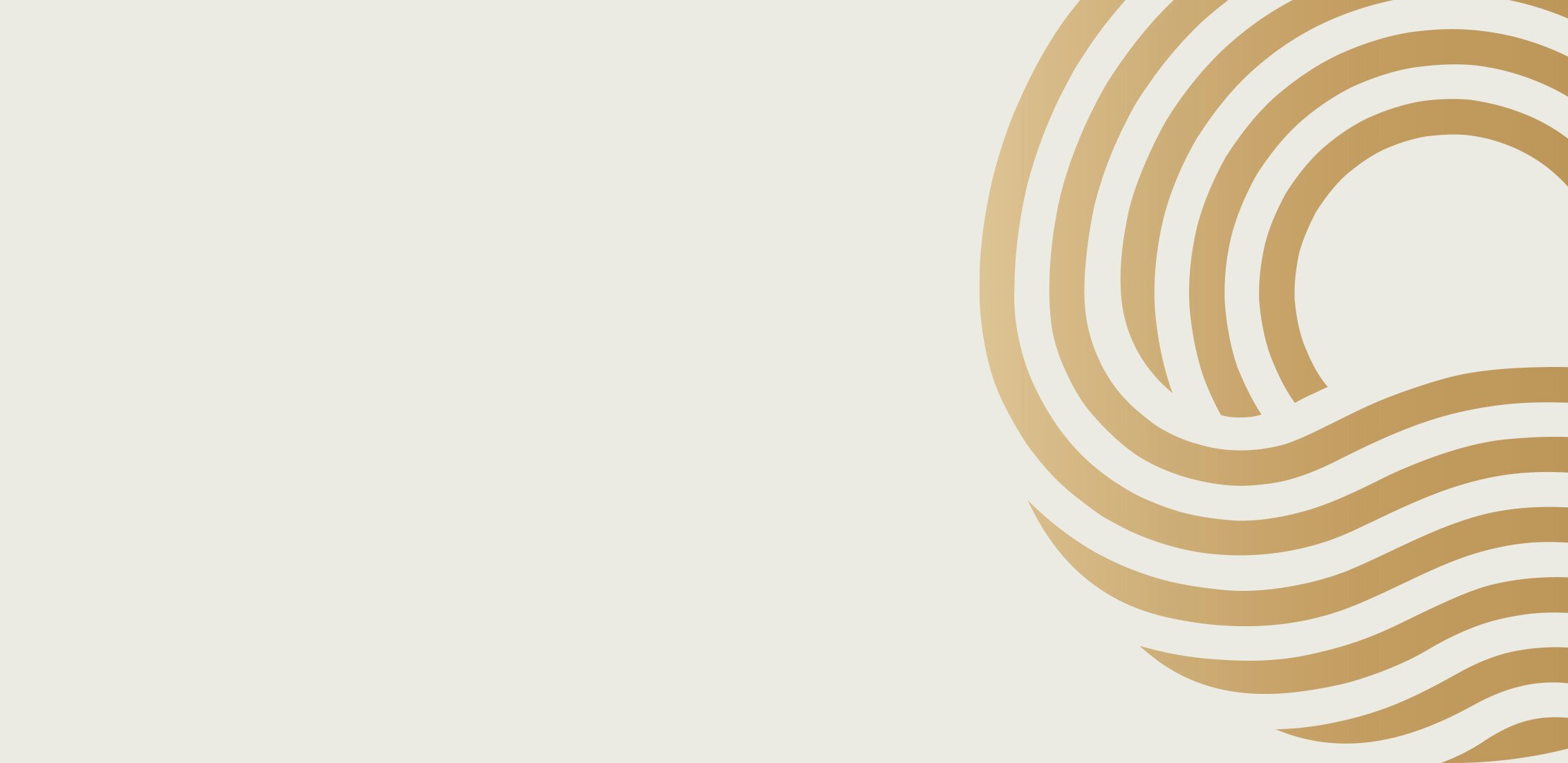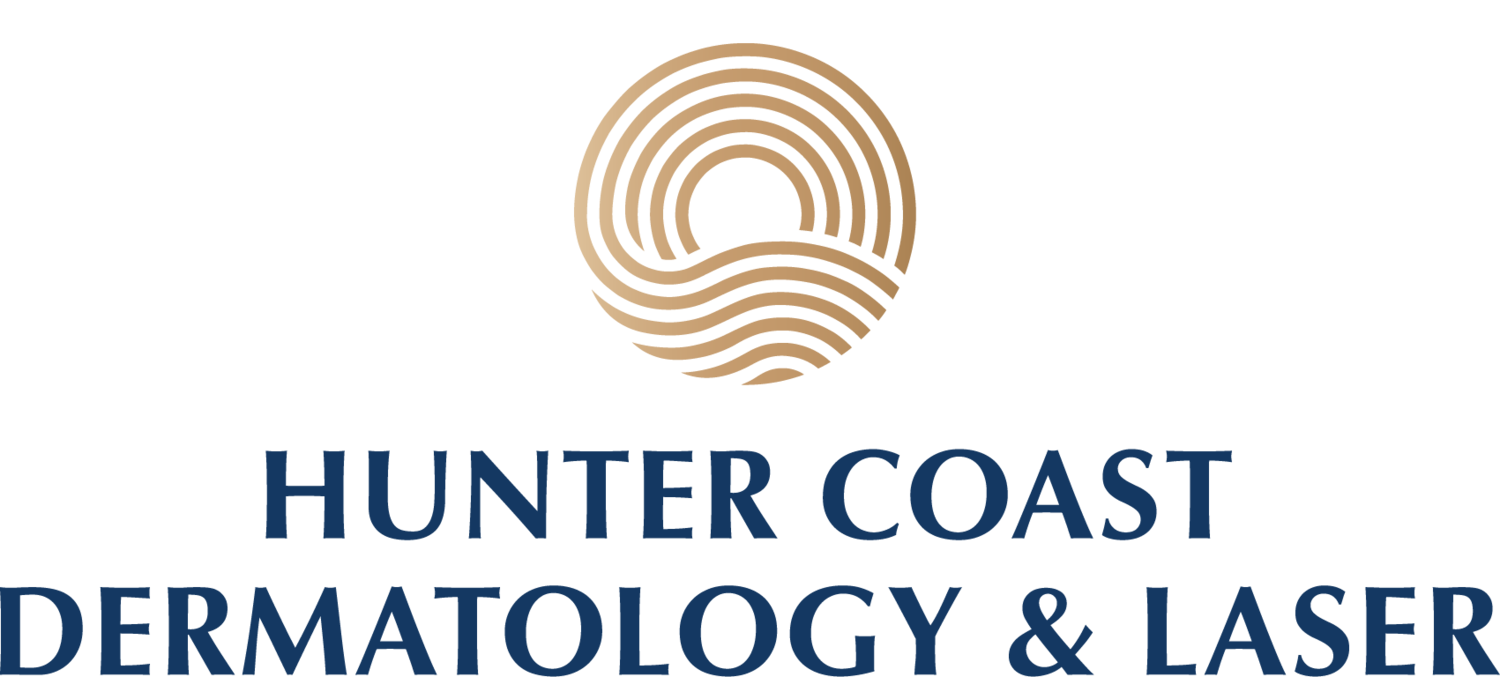
Photodynamic therapy (Laser Assisted)
What is Laser assisted photodynamic therapy?
Photodynamic therapy (PDT) is an effective and established non-surgical treatment for the treatment of pre-cancerous lesions (actinic keratosis or ‘sunspots’), superficial basal cell carcinoma and superficial squamous cell carcinoma. It has also been shown to play a role in the management of solar (sun) damage and other signs of skin ageing such as dyspigmentation, solar lentigines, fines lines, skin roughness and skin texture changes.
PDT is the process whereby a photosensitising cream is applied to the skin and is left to incubate for a certain period of time. The cream is selectively absorbed into abnormal cells, and when exposed to light of a specific wavelength these cells are destroyed and spare normal surrounding healthy tissue.
PDT is a good option for people who want to avoid surgery for certain types of thin skin cancers, or for busy people wanting to avoid the prolonged downtime of traditional creams such as Efudix or Aldara. PDT can also be utilised to rejuvenate sun-damaged skin.
Red light PDT and Laser-assisted PDT is available at Hunter Coast Dermatology & Laser.
Laser-assisted photodynamic therapy (LA-PDT) involves the use of a laser to pre-treat the area to create tiny micro channels in the skin to enhance the delivery of the cream to the target area. This treatment can be slightly more uncomfortable but can enhance clinical efficacy and outcomes.
Before & After Laser Assisted Photodynamic therapy (2 weeks apart)
How does photodynamic therapy for skin cancer work?
There are three stages to treatment with PDT.
1) Skin preparation: the area is prepared to optimise cream penetration. Anaesthesia is used prior for comfort.
2) Application of photosensitising cream: the cream is applied and then the area covered with dressings and left to incubate.
3) Illumination and activation: the dressings are removed and the area is cleansed. This is followed by illuminated with a red light to activate the cream. When the cream is activated it destroys the abnormal cells with minimal damage to surrounding healthy cells .
How does it work?
The Laser Assisted component is achieved with a carbon dioxide laser to deliver energy to the skin creating microscopic columns of ablated tissue. This type of laser energy is broken up into tiny columns and delivered in a polka dot fashion across the skin and is called ‘fractionation’. This type of fractionated laser is much safer than older full resurfacing lasers and has significantly less downtime.
After these columns of energy are delivered to the upper layer of skin (epidermis), it peels away over the days following leaving a new layer of skin behind. The skin in between the ablated columns assists in regeneration and collagen remodelling resulting in improved skin quality and a reduction in fine lines and wrinkles.
It also allows for superior absorption of the photosensitising cream, allowing photodynamic therapy to occur much more efficiently and effectively.
Why should I have this treatment, instead of using Efudix or Aldara?
PDT for actinic keratoses is often recommended for patients who wish to have a full face treatment for sunspots, with less downtime than traditional treatments such as Efudix or Aldara. It is a convenient office-based treatment performed by a trained medical professional.
Actinic keratoses are precancerous lesions, that have a small risk of becoming skin cancers in the future. People who have a high burden of these have a greater risk of squamous cell carcinoma in the future. Treatments like PDT can reduce this risk significantly. It also offers cosmetic advantages as it results in more youthful looking skin.
PDT for superficial skin cancers is recommended when those skin cancers are present on cosmetically sensitive sites, such as the face and neck or difficult to treat sites such as the fingers. Also, large superficial skin cancers are difficult to treat with surgery and therefore PDT offers an alternative solution. Patients will experience significantly less downtime, no sutures and a better cosmetic result.
How many treatments are required?
One treatment is required for actinic keratosis and solar damaged skin. Studies show this results in approximately 85% response rates. Two treatments spaced one week apart are required for superficial skin cancers.
What are the side effects?
Patients often feel a tingling or burning sensation in the area being treated. Some also report heat, stinging, pain or swelling. The treated area will be light-sensitive at first and careful sun protection afterwards is important.
Depending on the location and size of the treatment, some peeling, redness, swelling, and a burning sensation is expected and may last from a few hours to a few days. Occasionally, blistering may occur as a consequence of treatment. The reaction indicates that the medication has been effective.
Generally, it takes one to two weeks for the skin to recover from a session of PDT. Some patients may have minor skin colour changes for a few weeks, e.g. pinkness or redness, darker pigmentation, mild irritation.
What are the benefits of this treatment?
PDT is a good option for low-grade skin cancers, actinic keratoses and sun damaged skin rejuvenation. It is convenient being performed in 1 or 2 sessions in clinic and less invasive than surgery. There are no long-term side effects if used correctly and it can be repeated as necessary as further sun damage or skin cancers accumulate.
Do actinic keratoses recur?
It is important to understand that in sun damaged skin it is normal for sun spots to slowly return over time and re-treatment may be needed. This interval is different for everyone.
How do I book in for treatment and what is the cost?
Book in for a consultation with one of our Dermatologists. Please note, your results will vary depending on your age, degree of sun damage and skin type, as well as what parameters your doctor or nurse uses. The cost to have this procedure performed ranges from $750-1500 depending of the size of the area being treated. For laser-assisted PDT the fee includes your follow-up on day 2 and post laser skin care pack.
For more information about this procedure, including costs for the consultation and treatment contact our team on (02) 4003 7693.



